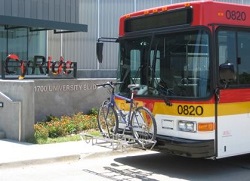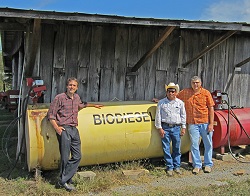 As the 114th Congress is sworn-in today, the American Coalition for Ethanol (ACE) is confirming plans to visit for the 7th annual grassroots fly-in on March 24-25, 2015.
As the 114th Congress is sworn-in today, the American Coalition for Ethanol (ACE) is confirming plans to visit for the 7th annual grassroots fly-in on March 24-25, 2015.
“With more than seventy new members in Congress and concerns over EPA’s implementation of the Renewable Fuel Standard (RFS), there is no better time for people who have a stake in the success of the ethanol industry to join fellow grassroots advocates for ACE’s fly-in,” said ACE Executive Vice President Brian Jennings.
At the 2014 “Biofuels Beltway March,” eighty people from all walks of life, including farmers, fuel retailers, students, and bankers, joined ethanol producers to meet with representatives from the White House, EPA, and USDA. The group also met with 160 congressional offices.
“In addition to a large crop of incoming freshmen, just a small fraction of current lawmakers were in office when the original RFS was enacted in 2005 and modified in 2007 by Congress. Our fly-in is an important opportunity to highlight how America is benefiting from the RFS, the successful development of cellulosic ethanol, and the reliability and progress of E15 and higher ethanol fuel blends,” said Jennings.
Click here for more information.









